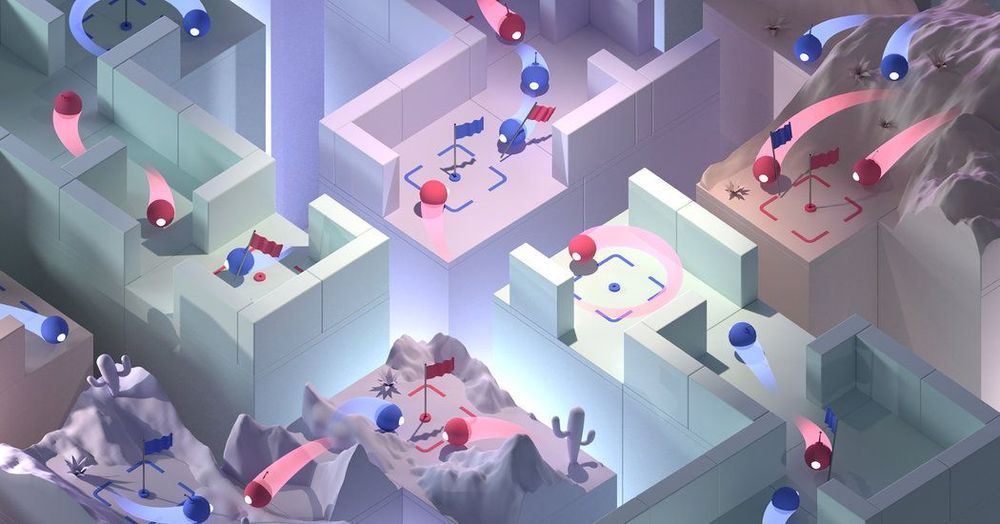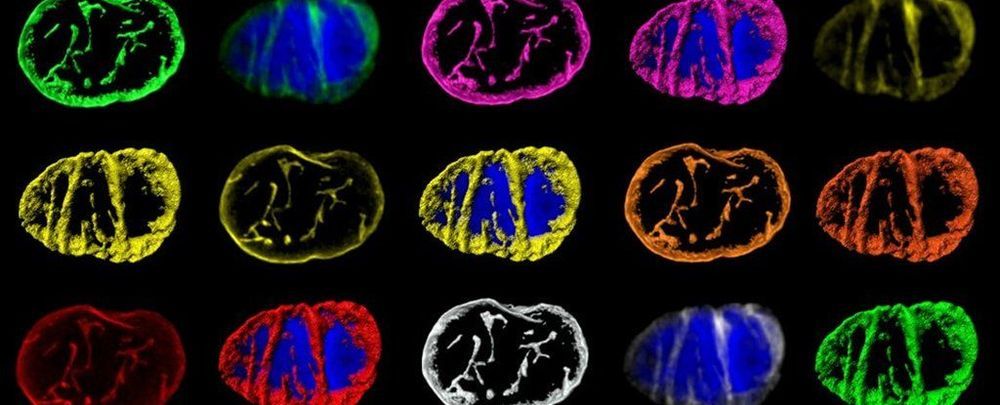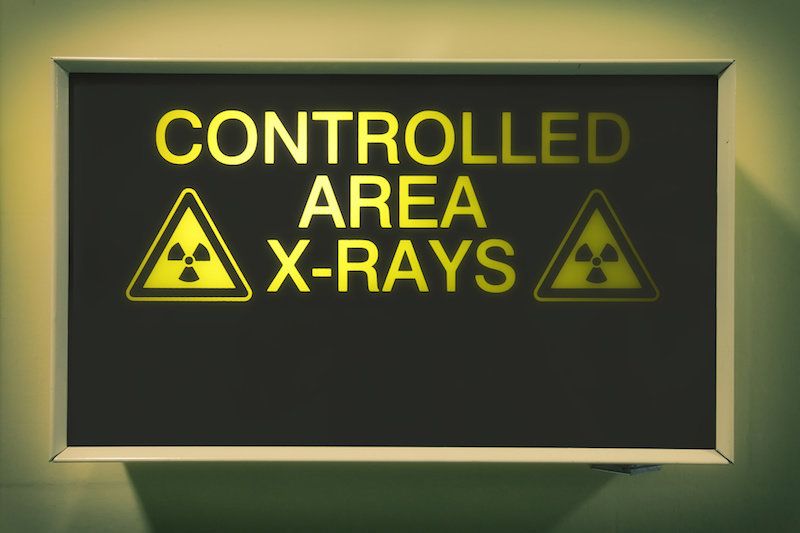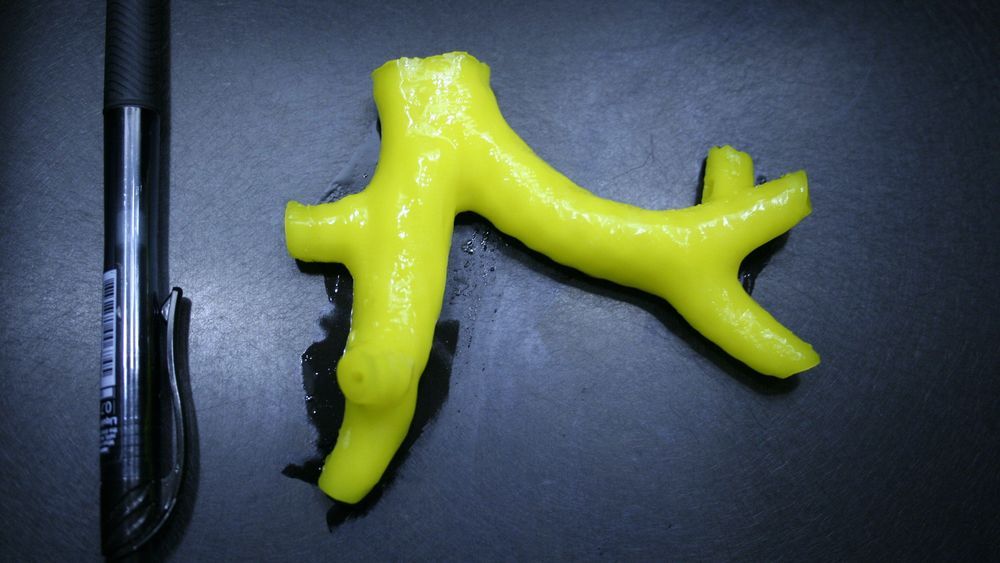Page 8733
Jun 2, 2019
Elon Musk talks next-gen Tesla Roadster details: SpaceX package, annual output, and why it matters
Posted by Klaus Baldauf in categories: Elon Musk, space travel, sustainability
Elon Musk’s appearance at Tesla owner-enthusiast Ryan McCaffrey’s Ride the Lightning podcast revealed a number of new details about the electric car maker’s upcoming halo vehicle, the next-generation Roadster. While addressing the all-electric supercar, Musk discussed the vehicle’s estimated yearly production numbers, its purpose, and some details about its “SpaceX package.”
Ever the candid interviewee, Musk admitted that the next-generation Roadster is really more like a dessert to the Model S, 3, X, and Y’s main course, in the way that its existence will probably not provide much of an impact to Tesla’s overall mission of accelerating the world’s transition to sustainable energy. Nevertheless, the Roadster still has a lot of merits, in the way that it could establish the superiority of pure electric propulsion compared to the internal combustion engine, bar none.
Musk noted that the Roadster is intended to outperform the best “Ferraris, Lamborghinis, and McLarens” on every dimension, on every level, including the track, thereby erasing the halo effect of gas cars. “We’re going to do things with the new Roadster that are kind of unfair to other cars. (It’s) crushingly good relative to the next best gasoline sports car,” Musk said.
Jun 2, 2019
Quantum symmetry breaking demonstrated for the first time
Posted by Genevieve Klien in category: quantum physics
Quantum symmetry breaking has been demonstrated in the lab for the first time — with startling implications for the ability to better control quantum systems.
Jun 2, 2019
Key Northrop Grumman OmegA Rocket Test Succeeds, Despite Hiccup
Posted by Genevieve Klien in category: security
Successful OmegaA test keeps the program on the path towards a 2021 first launch and a crack at the Air Force’s hotly contested national security launch program.
Jun 2, 2019
DeepMind Can Now Beat Us at Multiplayer Games, Too
Posted by Derick Lee in categories: entertainment, robotics/AI
As impressive as such technology has been among gamers, many artificial-intelligence experts question whether it will ultimately translate to solving real-world problems. DeepMind’s agents are not really collaborating, said Mark Riedl, a professor at Georgia Tech College of Computing who specializes in artificial intelligence. They are merely responding to what is happening in the game, rather than trading messages with one another, as human players do. (Even mere ants can collaborate by trading chemical signals.)
Chess and Go were child’s play. Now A.I. is winning at capture the flag. Will such skills translate to the real world?
Jun 1, 2019
For The First Time Ever, Scientists Observe The Complex Messaging System of Cells
Posted by Paul Battista in categories: computing, employment, nanotechnology
The way information travels inside the cells of our bodies is not unlike the wiring inside a computer chip, according to a new study that has unveiled the intricate workings of a network of calcium ions as intracellular messengers.
According to researchers from the University of Edinburgh in the UK, this “cell-wide web” uses a microscopic network of guides to transmit information across nanoscale distances and carry activities and instructions for the cells to perform — such as relaxing or contracting muscles, for example.
Calcium ions (Ca2+) are a fundamental part of the messaging system of our cells, and their signals are crucial for a wide variety of jobs, including cell growth, death, and movement. Now researchers have taken an unprecedented close look at just how calcium ions shuttle messages within the cell.
Jun 1, 2019
New way to protect against high-dose radiation damage discovered
Posted by Paul Battista in categories: biotech/medical, military, space travel
Damage of healthy intestinal cells is the main disadvantage of radiotherapy leading to the discontinuation and failure of an efficient cancer treatment, potentially causing a quick tumour recurrence. Now, a discovery published in Science by scientists from the Growth Factors, Nutrients and Cancer Group at the Spanish National Cancer Research Centre (CNIO) might be useful to protect healthy intestinal cells from radiation damage. The consequences of their findings in mice might radically change the way humans manage exposure to high levels of radiation; both for cancer research and treatment as well as for other areas like space explorations, nuclear warfare or nuclear accidents.
The Group’s work focuses on URI, a protein whose functions remain not yet fully understood. However, previous studies from the Group have found that abnormal levels of expression of this protein in certain organs can cause cancer. The study now published in Science shows that high levels of URI protein protect mice from radiation-induced intestinal damage, whereas low or no detectable levels of the protein can lead to gastrointestinal syndrome and death.
“The precise functions of URI have not been identified yet,” says Nabil Djouder, Head of the Growth Factors, Nutrients and Cancer Group at CNIO and leader of the study. “Just like pH or temperature, which the organism needs to maintain within a certain range, URI levels must also be kept within a very narrow window to regulate the proper functioning of other proteins. When URI levels are higher or lower than optimal, they may promote or protect against tumour development as well as other diseases, depending on the context.”
Continue reading “New way to protect against high-dose radiation damage discovered” »
Jun 1, 2019
Zolpidem arouses patients in vegetative state after brain injury: quantitative evaluation and indications
Posted by Paul Battista in categories: biotech/medical, neuroscience
Am J Med Sci. 2014 Mar;347:178–82. doi: 10.1097/MAJ.0b013e318287c79c.
BACKGROUND: To investigate the efficacy and indications of zolpidem, a nonbenzodiazepine hypnotic, inducing arousal in vegetative state patients after brain injury.
METHODS: One hundred sixty-five patients were divided into 4 groups, according to area of brain damage and injury mechanism. All patients’ brains were imaged by Tc-ECD single-photon emission computerized tomography (SPECT), before and 1 hour after treatment with 10 mg of zolpidem. Simultaneously, 3 quantitative indicators of brain function and damage were obtained using cerebral state monitor. Thirty-eight patients withdrew from the study after the first zolpidem dose. The remaining 127 patients received a daily dose of 10 mg of zolpidem for 1 week and were monitored again at the end of this week.
Jun 1, 2019
Artificial Intelligence Complete Courses (01−23) Patrick H. Winston
Posted by Müslüm Yildiz in category: robotics/AI
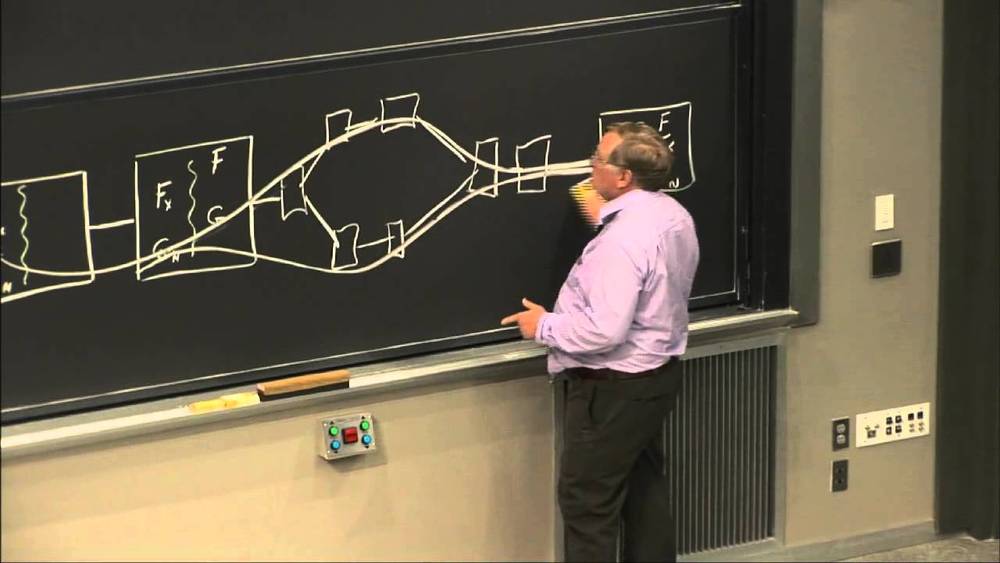
Prof. Patrick Henry Winston introduces students to the basic knowledge representation, problem solving, and learning methods of artificial intelligence.




